Thermal throttling mechanism dynamically adjusts frequency scaling to enhance data reliability and provides sustained performance while overheating.
As SSD performance demands increase, power requirements generally increase, while physical size requirements for SSDs generally stay the same or become smaller. The expand in power requirements without a corresponding increase in physical size leads to challenges to dissipate more heat from SSDs and prevent failures due to overheating. This can potentially put data stored on the SSDs at the risk of being corrupted and hardware components in danger of being damaged. |
 |
|
 |
To prevent overheating, Apacer equips SSD products with a built-in thermal sensor to monitor the temperature of the SSD via S.M.A.R.T commands and configures the drive with firmware deployment of thermal throttling to manage the device temperature when responding to increased temperature conditions
|
|
When the temperature of SSD reaches a certain level which could lead to malfunction of the drive, thermal throttling will be activated to control the temperature of the drive to not exceed its maximum threshold temperature by reducing its performance. |
 |
|
For an SSD configured with thermal throttling, it is accessed at full speed in initial phase. As the drive continuously experiences a large number of requests, its temperature increases to the maximum threshold temperature. When the temperature exceeds the threshold value, the drive starts to throttle by decreasing in performance by multiple stages, thereby allowing the device to cool down.
|
|
|
|
-
New

SSD
PV250-M280 Fully Lead-free SSD
-
New

SSD
PV250-M280
-
New

SSD
PV230-M280 (M Key)
-
New

SSD
PV230-M280 (B+M Key)
-
New

SSD
PV230-M242 (M Key)
-
New

SSD
PV230-M242 (B+M Key)
-
New

SSD
PT230-M242
-
New

SSD
PV250-M280 Single Side
-
New

SSD
PT230-M280
-
New

SSD
PT15R-M242
-
New

SSD
PT250-M280 Single side
-
New

SSD
PT25P-M280
-
New
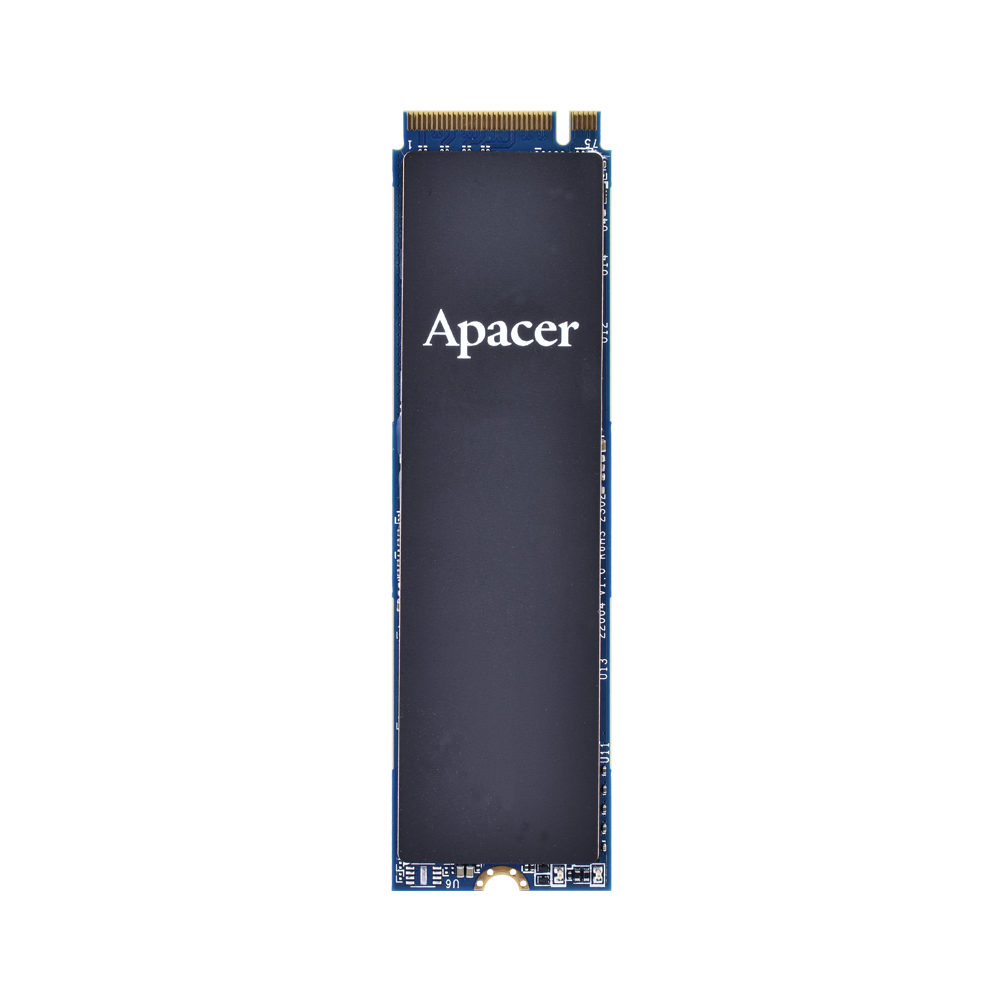
SSD
PT160-M280 Commercial Extended Temperature
-
New

SSD
PT250-M280 Commercial Extended Temperature
-
New

SSD
PV250-M280 CoreSnapshot2 Client version
-
New

SSD
PV250-M242 CoreSnapshot2 Client version
-
New

SSD
PV25C-M242 CoreSnapshot2 Cloud version
-
New

SSD
PV25C-M280 CoreSnapshot2 Cloud version
-
New

SSD
PH180-μSSD
-
New
 (1).png)
SSD
PV250-M242
-
New
.png)
SSD
PV25P-M242
-
New
.png)
SSD
PT25P-M242
-
New

SSD
PT25P-CFX
-
New
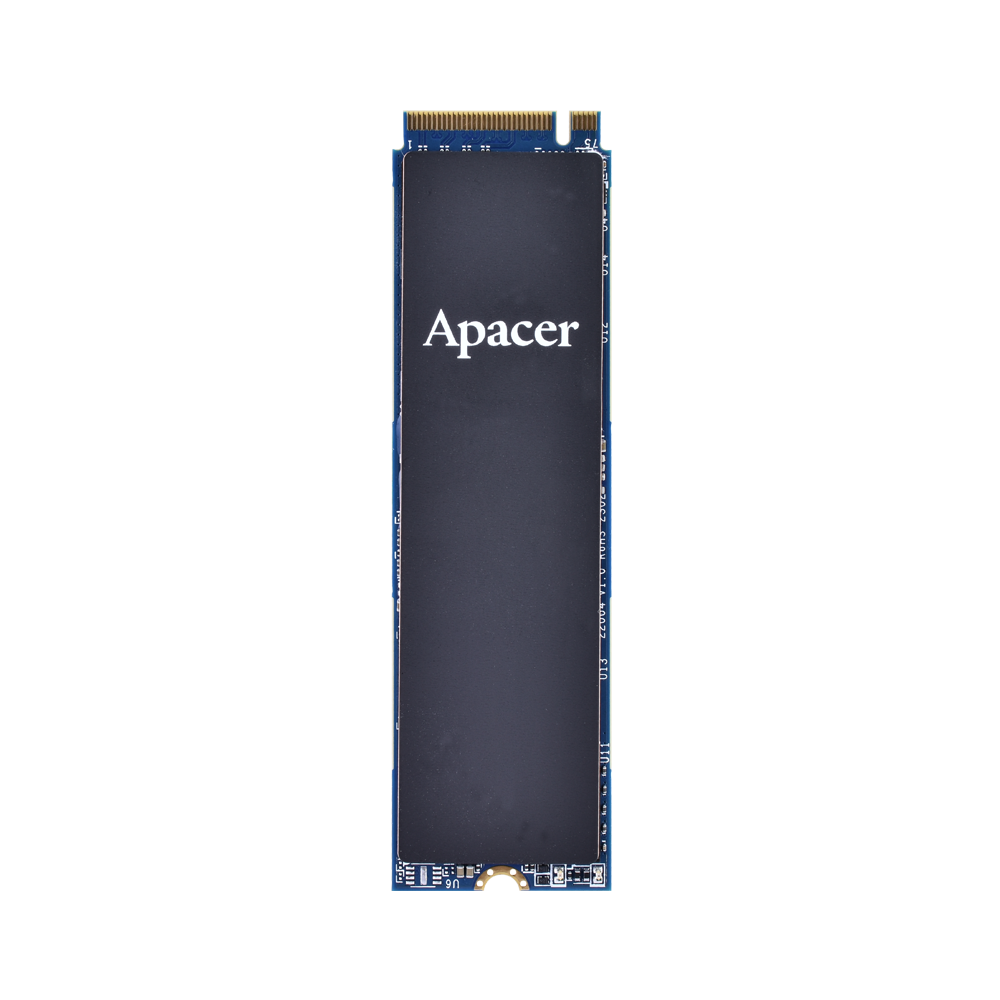
SSD
PT160-M280
-
New

SSD
PH250-M280
-
New
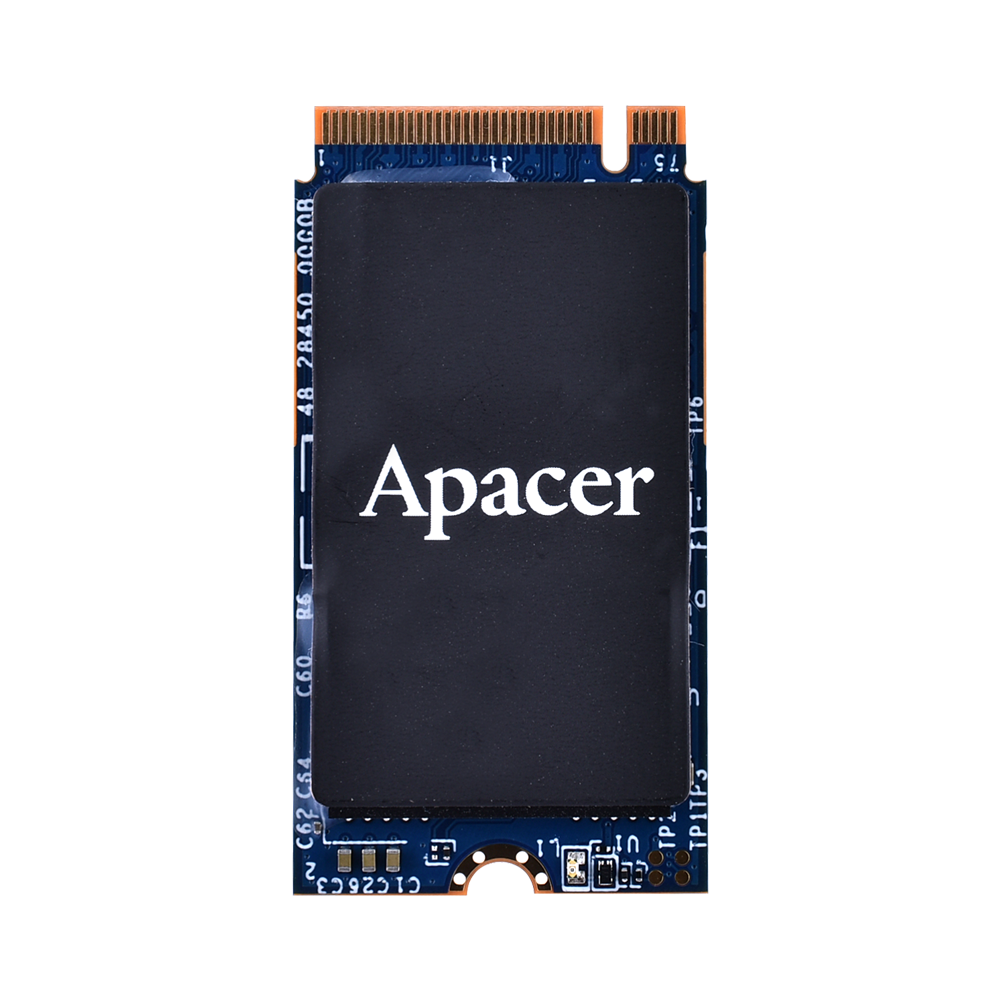
SSD
PH250-M242
-
New
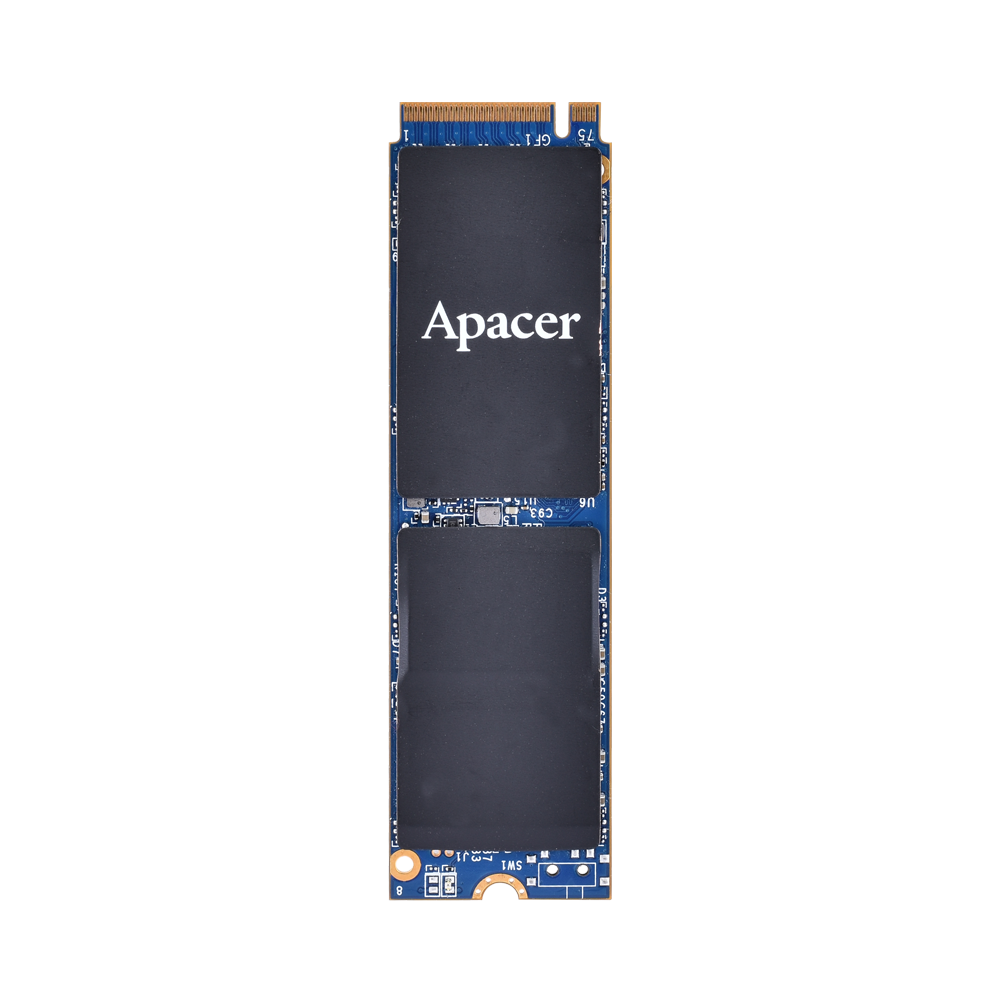
SSD
PH930-M280
-
New

SSD
PH150-μSSD
-
New

SSD
PV150-μSSD
-
New

SSD
PV25P-M280
-
New

SSD
PV250-M280
-
New
.png)
SSD
PV910-CFX
-
New

SSD
PV180-μSSD
-
New

SSD
PV910-M230
-
New

SSD
SV240-297
-
New

SSD
ST180-25
-
New

SSD
PV910-M242
-
New

SSD
PV910-M280
-
New
.png)
SSD
PH920-M280
-
New
.png)
SSD
PV920-M280
-
New

SSD
SV240-25
-
New
.png)
SSD
PV930-M280
-
New

SSD
SV240-M280
-
New
SSD
PV250-CFX
-
New

SSD
PV25P-CFX
-
New
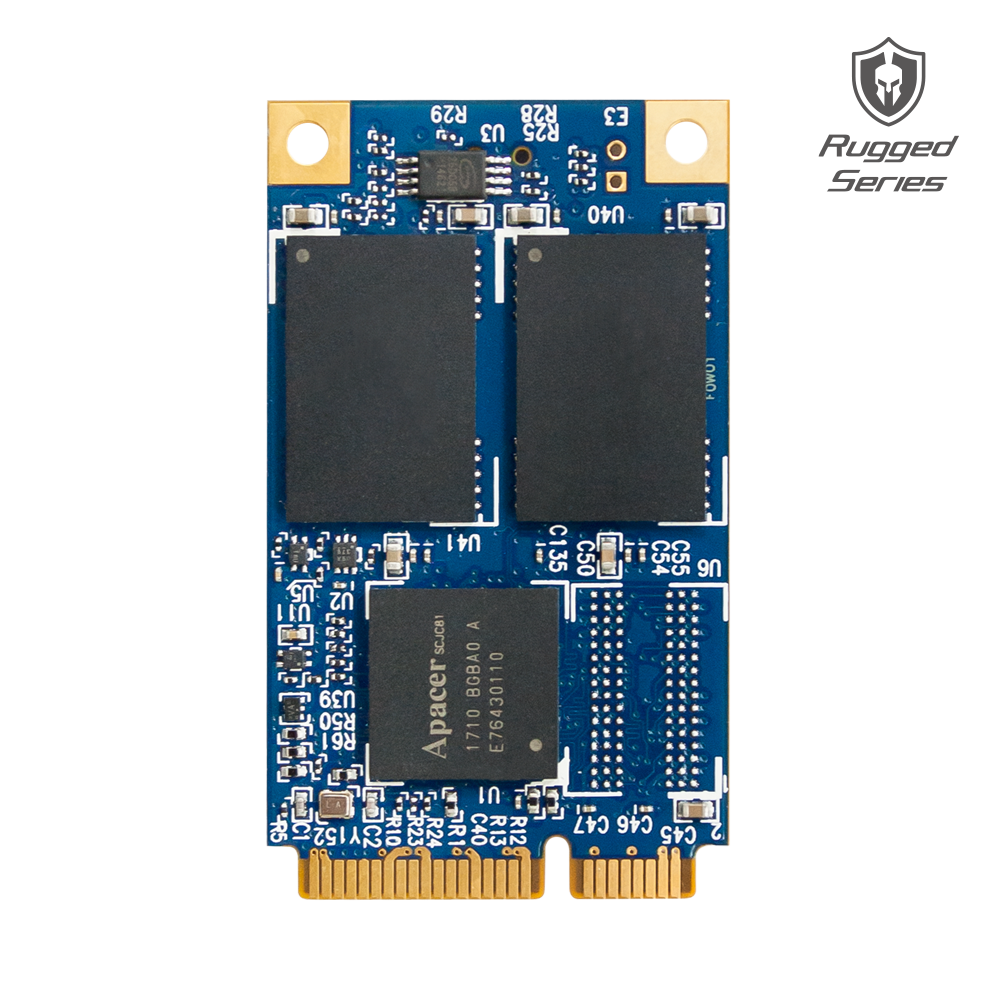
SSD
SM23D-300
-
New

SSD
SM23D-M280
-
New
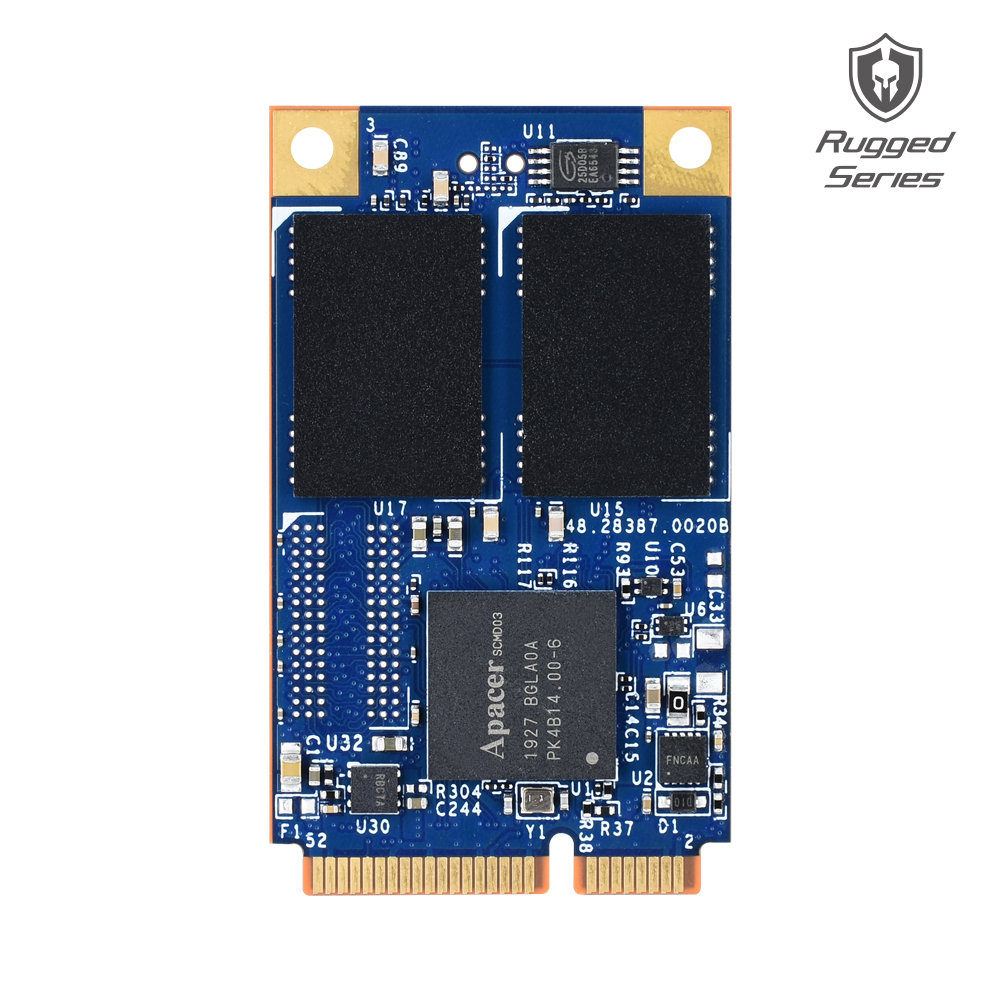
SSD
SV24D-300
-
New

SSD
SV24D-M280
-
New

SSD
SV24D-25
-
New
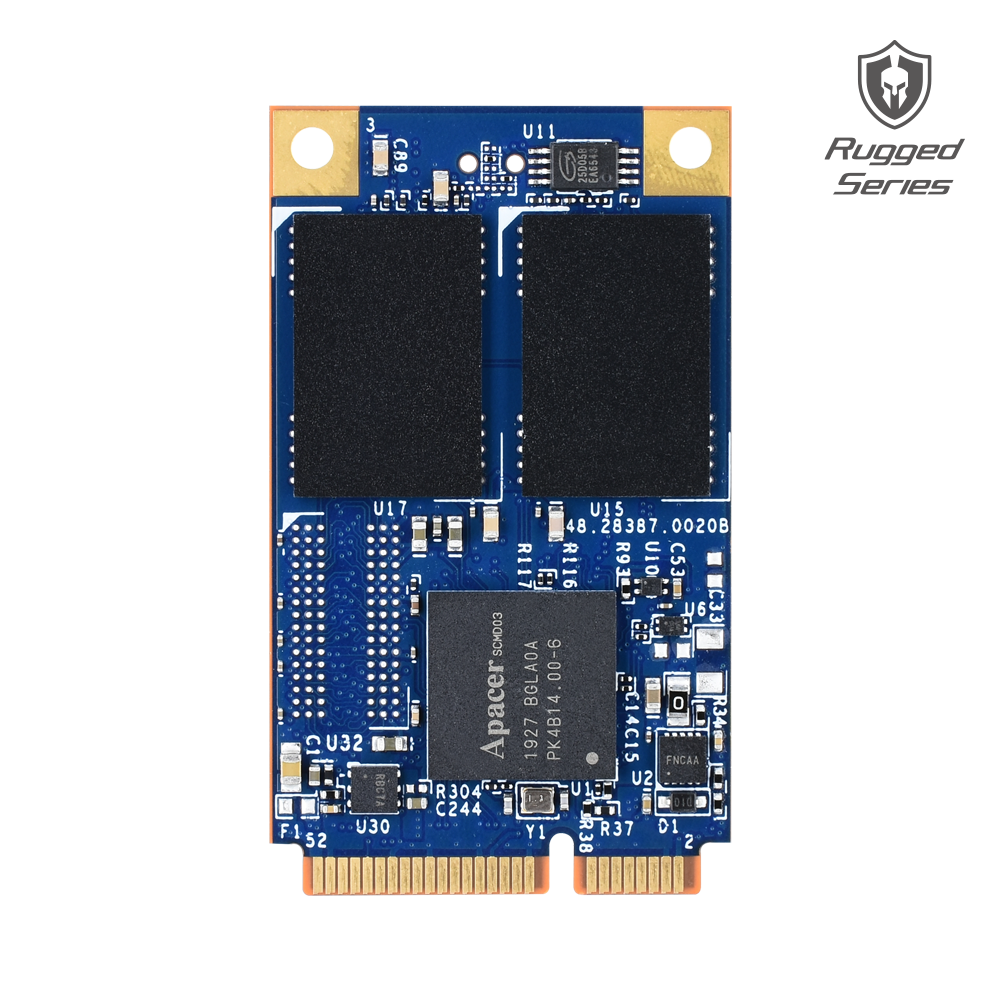
SSD
SH24D-300
-
New

SSD
SH24D-M280
-
New

SSD
SH24D-25
-
New

SSD
PV22D-M280
-
New
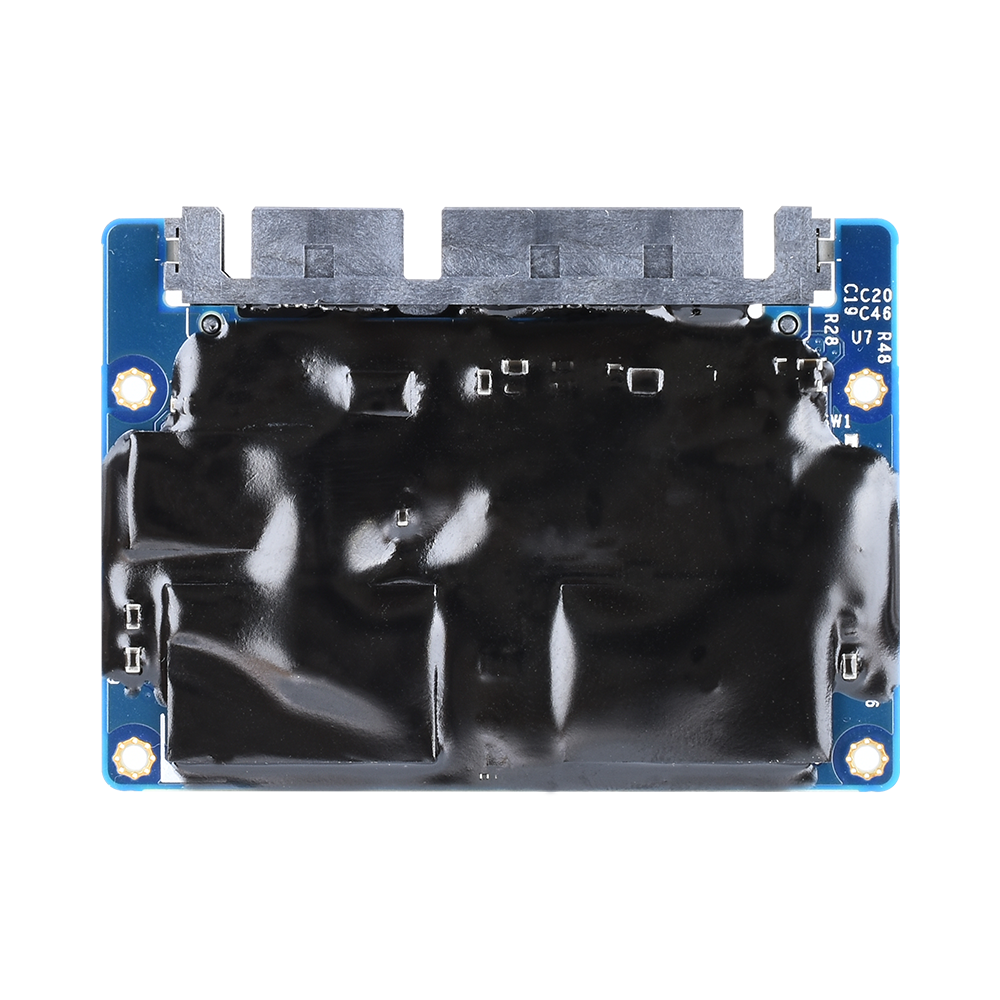
SSD
SV240-297 FIPS 140-2
-
New

SSD
SV240-M280 FIPS 140-2
-
New

SSD
SV240-25 FIPS 140-2
-
New

SSD
SM220-CFast
-
New

SSD
SU220-CFast
-
New

SSD
SV250-7LP2



